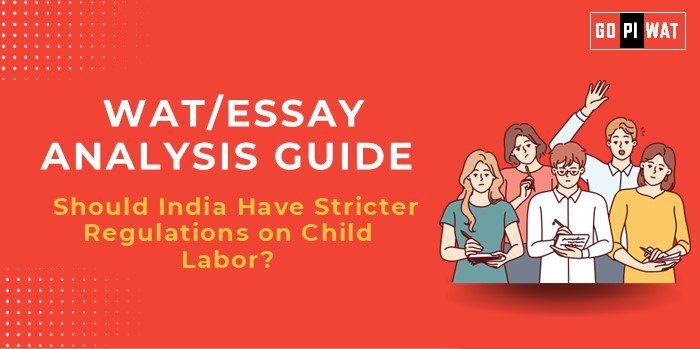🛑 Should India Have Stricter Regulations on Child Labor?
🌐 Understanding the Importance
Child labor remains a significant barrier to human rights and socio-economic development in India. Despite legislative progress, millions of children are deprived of education and forced into exploitative work. Addressing this issue requires stricter regulations, effective enforcement, and socio-economic interventions.
📊 Quick Facts and Key Statistics
- 👶 Child Labor Population: Over 10 million children (ages 5–14) are engaged in labor, according to the 2021 Census.
- 📚 School Dropouts: Approximately 29% of rural children drop out of school to support their families financially.
- 🛠️ Hazardous Work: 85% of child laborers are employed in agriculture, domestic work, and industries such as mining and construction.
- 🌍 Global Comparisons: Brazil’s Bolsa Família program has reduced child labor by 14%, serving as an effective model for India.
🏆 Achievements and Challenges
🎯 Achievements
- 📉 Declining Numbers: Child labor rates in India have dropped by 20% over the last decade due to increased awareness and stricter laws.
- 📖 Rising Enrollments: Government initiatives like the Right to Education Act (RTE) have boosted school attendance.
⚠️ Challenges
- ⚖️ Legal Loopholes: Current laws allow children to work in family enterprises, which is often exploited.
- 🚨 Enforcement Gaps: Insufficient labor inspectors hinder the effective implementation of laws.
- 💵 Poverty: Families rely on child labor as a source of income, perpetuating the cycle of exploitation.
🌍 Global Comparisons
- 🇧🇷 Brazil: Bolsa Família’s conditional cash transfers reduced child labor by incentivizing school attendance.
- 🇧🇩 Bangladesh: Strict regulations in the garment sector have reduced child labor significantly.
💬 Structured Arguments for Discussion
- ✔️ Supporting Stricter Regulations: “Stronger laws with strict penalties can act as a deterrent and prioritize children’s rights over economic pressures.”
- ❌ Challenges to Implementation: “Regulations alone cannot succeed unless backed by poverty alleviation and education initiatives.”
- ⚖️ Balanced Perspective: “Stricter regulations must be integrated with economic support programs to address the root causes of child labor.”
🔑 Recommendations for Sustainable Progress
- 💡 Update Legislation: Close legal loopholes and ensure stricter penalties for violations.
- 📚 Promote Education: Strengthen schemes like mid-day meals and provide conditional cash transfers to encourage school attendance.
- 🤝 Public-Private Partnerships: Collaborate with industries to eliminate child labor from supply chains.
📈 Strategic Analysis of Strengths and Weaknesses
✅ Strengths
- Rising public awareness about child rights.
- Proactive government policies like PM CARES for Children.
❌ Weaknesses
- Fragmented enforcement and monitoring mechanisms.
- Deep-rooted poverty and socio-economic inequalities.
🌟 Opportunities
- Leveraging technology for monitoring child labor violations.
- Adopting successful global models for poverty alleviation.
⚠️ Threats
- Resistance from industries reliant on cheap labor.
- Potential misuse of relaxed family enterprise regulations.
🎓 Connecting with B-School Applications
- Real-World Applications:
- Policy design for CSR initiatives targeting child welfare.
- Research on ethical supply chain management in industries.
- Sample Interview Questions:
- “How can stricter laws be balanced with poverty alleviation efforts?”
- “Discuss the role of private enterprises in eliminating child labor.”
- Insights for B-School Students:
- Analyze socio-economic challenges and their business implications.
- Develop frameworks for sustainable policy implementation.


